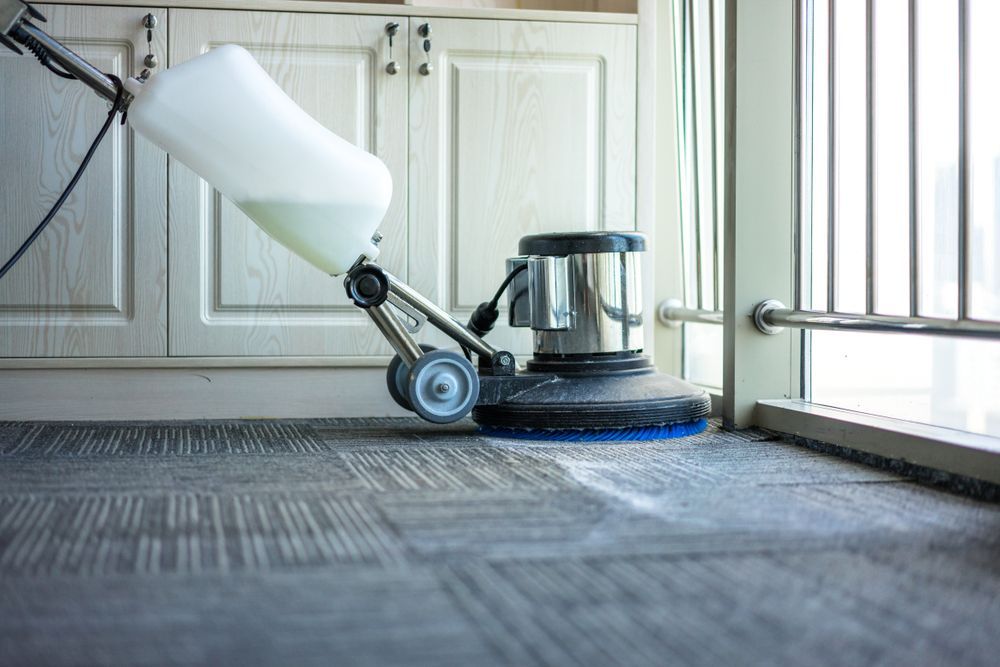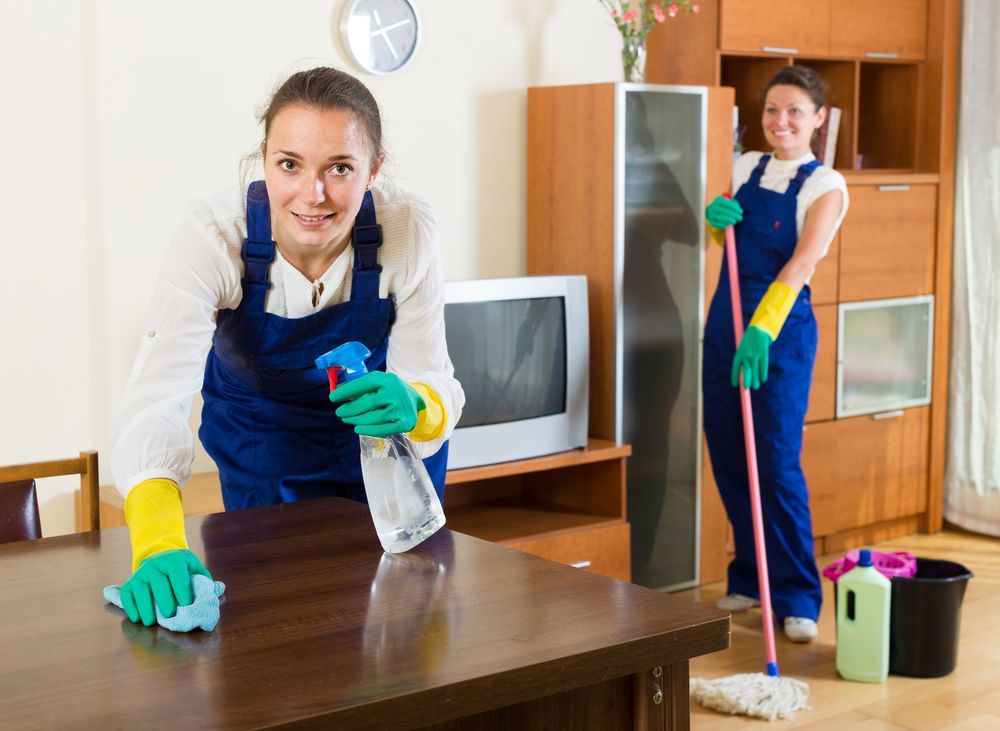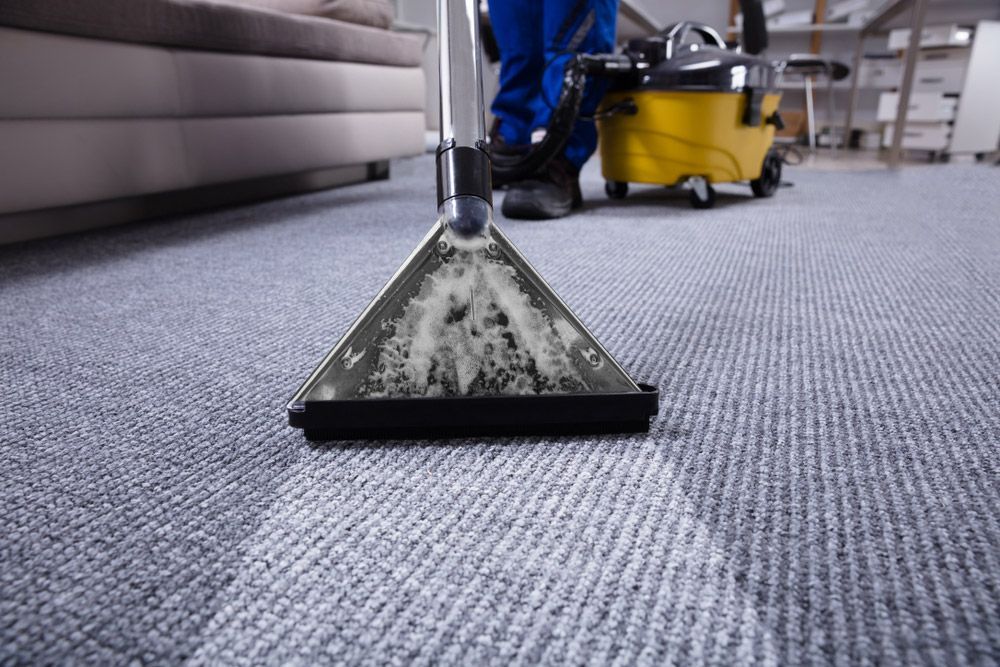The Difference Between Regular Cleaning and Crime Scene Cleaning
Cleaning is a routine part of maintaining homes, workplaces, and public facilities, but not all cleaning tasks are created equal. At the same time, everyday cleaning involves tidying surfaces, removing dust, and maintaining hygiene; crime scene cleaning delves into a far more complex, hazardous, and emotionally sensitive world.
In places like Hervey Bay, where biohazard incidents are rare but serious, it’s essential to understand the crucial difference between
domestic or commercial cleaning and what trained crime scene cleaners undertake. Here’s what sets this specialised field apart.
Standard Cleaning vs Biohazard Remediation: The Core Distinction
Regular cleaning is typically focused on appearance—removing visible dirt, sanitising surfaces, and improving air quality. While these tasks are important, they deal primarily with non-hazardous materials. Crime scene cleaning, however, involves the removal of dangerous biological contaminants such as blood, bodily fluids, tissue, and other forensic matter.
These materials often carry pathogens and require strict remediation protocols. Some fundamental differences between general and crime scene cleaning include:
- Regular cleaners focus on visible dirt, while crime scene cleaners aim to eliminate invisible pathogens and hazardous residue.
- Domestic products are insufficient for biohazard cleanup, which requires hospital-grade disinfectants and enzyme cleaners.
- While everyday cleaning can be done without specialised training, crime scene cleaning requires advanced knowledge of biohazard protocols and trauma sensitivity.
The Role of PPE & Industry-Grade Equipment
Personal protective equipment (PPE) and high-performance tools are critical components in any professional biohazard response. While standard cleaners might use gloves and mops, crime scene technicians suit up in head-to-toe gear to minimise exposure to infectious materials.
The process also involves using industrial-grade equipment for sanitation and containment. These tools provide safety for the cleaner and ensure the environment is fully remediated.
Some examples of the equipment used include:
- Full-body PPE suits, including gloves, boots, face shields, and respiratory masks, are used to prevent contamination.
- ATP meters (adenosine triphosphate testing) to verify the removal of all organic materials on surfaces.
- Negative air machines and HEPA vacuums to control airborne particles and reduce bioaerosol risk.
- Chemical foggers to sanitise large spaces or difficult-to-reach areas with disinfectant mist.
Handling Bloodborne Pathogens & Biological Hazards
Unlike surface-level grime, biological materials such as blood and bodily fluids can carry infectious diseases, including hepatitis, HIV and bacterial pathogens. Handling these substances requires a systematic approach, governed by strict hygiene and disposal standards.
Crime scene cleaners follow biohazard remediation protocols beyond standard sanitisation to ensure the space is returned to a habitable and safe condition.
The procedures include:
- Isolation of contaminated areas to prevent cross-contamination with unaffected parts of the site.
- Application of EPA-registered hospital-grade disinfectants to neutralise infectious agents on all surfaces.
- Removal and disposal of porous materials like carpets or mattresses that cannot be effectively sanitised.
- Use of encapsulating products to seal off residual stains or odours when surfaces cannot be restored.
Training, Certification & Legal Responsibilities
To operate in crime scene cleaning, professionals must undergo specific training in infection control, hazardous waste handling, and trauma scene protocols. These are not one-off qualifications—they require ongoing updates and refresher courses due to changing regulations and techniques.
In addition, cleaners must understand their legal responsibilities when working in spaces that may be the subject of an active investigation or health and safety legislation.
This training covers:
- Safe handling of sharps and contaminated materials that pose physical and biological threats.
- Understanding workplace health and safety laws as they apply to biohazardous environments.
- Chain-of-custody procedures when dealing with evidence or materials linked to police or coroner investigations.
- Communication protocols with property owners, insurance providers and law enforcement.
Psychological Preparedness & Scene Sensitivity
Unlike routine cleaning jobs, crime scene cleaning often takes place in emotionally charged settings—homicides, suicides, unattended deaths or serious accidents. Professionals must be prepared to encounter trauma and still perform their duties with compassion and discretion.
Crime scene cleaners are trained to:
- Remain professional and empathetic in emotionally sensitive environments without becoming overwhelmed.
- Respect the privacy and dignity of victims and their families while conducting remediation work.
- Avoid causing additional distress by maintaining discretion and avoiding unnecessary intrusion.
- Work calmly in cooperation with first responders and emergency personnel where needed.
Waste Disposal & Compliance with Environmental Laws
Crime scene cleaners don’t just clean—they also handle the removal, containment, transport, and disposal of hazardous waste in accordance with environmental regulations. Inappropriate disposal of biological waste can pose serious public health risks and have legal consequences.
The key responsibilities of crime scene cleaners regarding waste include:
- Double-bagging and sealing contaminated materials in labelled, leak-proof containers.
- Using licensed biohazard transport services removes waste from the scene and sends it to approved facilities.
- Documenting disposal activities by state and national environmental protection laws.
- Ensuring sharps, needles and broken glass are placed in puncture-resistant containers.
Scene Clearance, Certification & Restoration Readiness
Crime scene cleaners don’t just “clean and go.” A properly remediated site should be safe for occupancy and use, verified through final inspections or third-party clearance if necessary.
Once cleared, properties can be passed on to restoration professionals, landlords or insurance assessors to continue repairs or reinstatement.
Key elements of a completed remediation include:
- Visual and scientific verification that all biological traces have been removed from the site.
- Clearance certificates or hygiene reports are issued to confirm compliance with health standards.
- Coordination with trades for additional work such as painting, drywall replacement or re-carpeting.
- Providing reassurance to property owners that the scene is now safe for re-entry and habitation.
Why Expertise Matters in Crime Scene Cleaning
Crime scene cleaning requires a rare combination of training, toughness and trust. It is not a job that should ever be attempted by untrained cleaners, family members, or general cleaning companies. Only qualified technicians understand this work's biological, legal and emotional complexities.
For those needing professional help, choosing a company experienced in trauma and forensic remediation is essential, with the proper certifications, procedures and empathy for the task at hand.
Engaging professional crime scene cleaners in Hervey Bay provides:
- Confidence that all biological hazards have been removed, not just masked.
- Legal peace of mind, knowing all waste has been handled and disposed of correctly.
- Emotional support from technicians who understand trauma, privacy and discretion.
- A faster, more effective return to safety for families, property managers and law enforcement teams.
When safety, legality, and sensitivity matter, crime scene cleaning should only be done by experts with proven capabilities. At Haydyn’s Cleaning, we bring technical precision and human care to every scene.
Contact us today!








